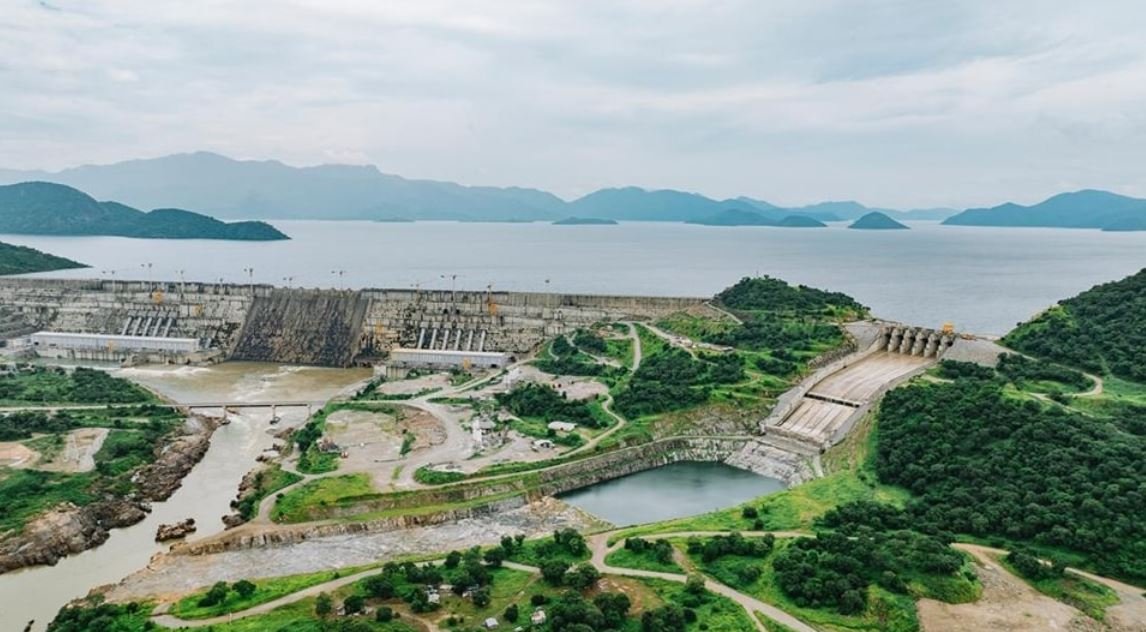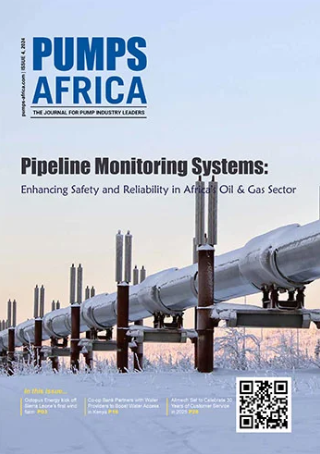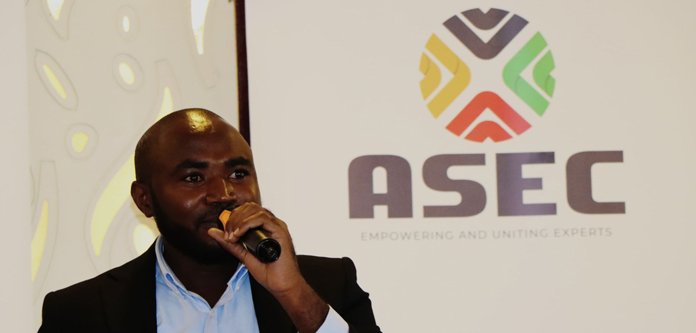Ethiopia has officially completed the construction of the Grand Ethiopian Renaissance Dam (GERD), the largest hydropower project in Africa.
Located on the Blue Nile near the Sudanese border, the project was launched in 2011 and began generating electricity in 2022. The dam is now moving into its final commissioning phase, with an official inauguration scheduled for September 2025.
GERD is designed to produce over 5,000 megawatts (5 GW) of electricity once fully operational more than double Ethiopia’s current national power generation capacity. With a population of 120 million, Ethiopia sees the dam as vital to addressing its growing energy needs, especially since nearly 45% of the population still lacks access to electricity. The dam’s massive reservoir, with a storage capacity of 74 billion cubic meters (bcm), underpins this generation capacity.
READ: Ubeta gas project in Nigeria enters execution phase
Grand Ethiopian Renaissance Dam
The project marks a transformative step for Ethiopia, with the potential to turn the country into a net energy exporter in the region. Already, Ethiopia supplies electricity to neighboring countries such as Sudan, Djibouti, and Kenya through regional interconnection projects.
Despite its significance for Ethiopia’s development, GERD has been a source of regional tension. Egypt and Sudan have long raised concerns over how the dam might affect their share of Nile water, a critical resource for both downstream nations. Years of diplomatic efforts and negotiations have yet to yield a final agreement on dam operations and water release schedules.
As of the end of 2023, Ethiopia’s total installed power capacity stood at about 5.7 GW, with hydropower contributing around 85% (4.8 GW). The full commissioning of GERD is expected to further reinforce Ethiopia’s renewable energy dominance and reshape the regional power landscape.







